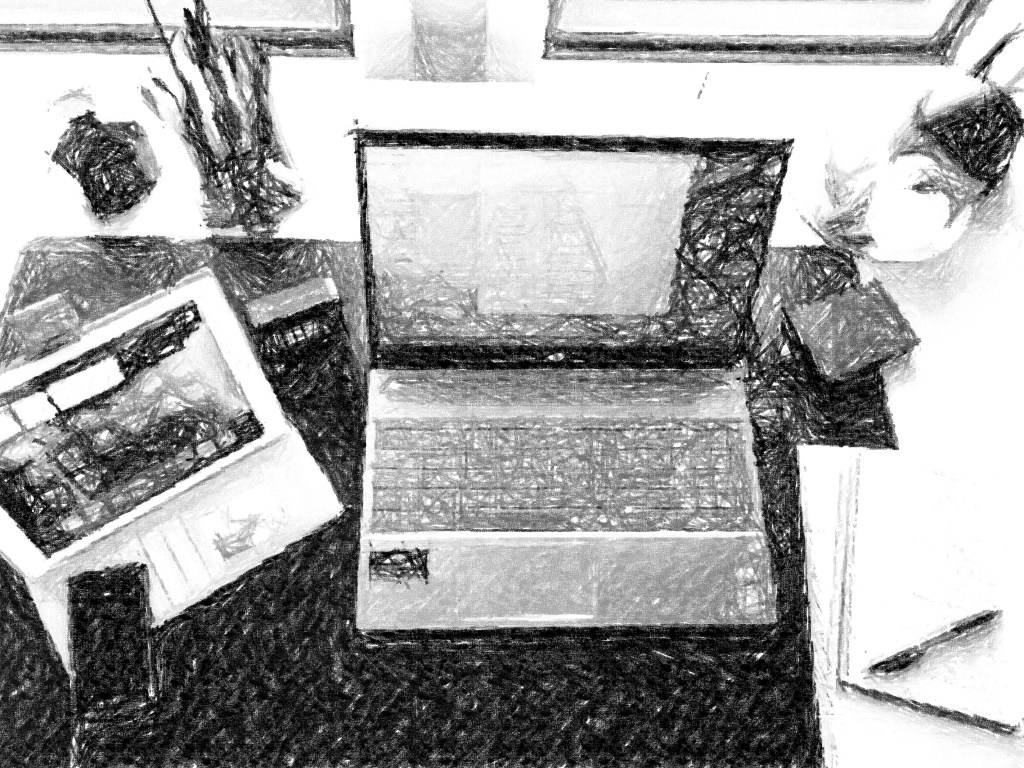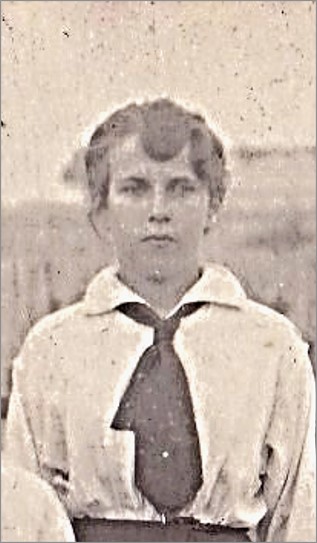Since returning from Mick & Sue’s Aussie Adventure last year, I have been writing. And I have been able to ascertain my own process.
Here is the outline of that process:
- I can hold the idea in my head for many years before I set pen to paper, or fingers to keyboard.
- Once I do though I can be driven each day, focused and intent on getting the words down.
- I break it down into chunks, or scenes, or chapters.
- I list these on PowerPoint slides, and in an Excel list, and also scribbled onto post-it notes that I stick onto a poster on the wall near my desk. These can be easily juggled.
- I am a visual person by nature, so I find relevant images to enhance my creative flow. These could be from my own collection of photographs or found on the World Wide Web. These act as prompts.
- I try to apply myself to writing out each chapter as best I can and work my way methodically through my list of scenes/chapters.
- I save all of my work as I go onto a hard drive and an USB.
- Once this is done, I save these into a PDF format and copy the files onto my iPad using the Bluefire Reader app. This keeps my work “clean” and I can see and read it through properly.
- I edit by reading and rereading these chapters day after day. Depending on where I am reading, I will note any changes onto my smartphone or in a notebook.
- I can’t put it aside until I am happy with what I have written.
- Each time I make changes I have to update all of my files and the PDFs on my iPad to ensure I have the latest version. This can be time-consuming.
- Perhaps a software program such as Scrivener would handle all of this process for me, but I’m still learning, finding my way and what suits me. Also, what is inherent to my nature and how I engage with the creative flow.
- I find it hard to do anything else while I am held in the throes of this story that is calling to be told. I can spend all day at my desk at this task, even foregoing my daily walk. I will need to remedy this though.
- I usually work in silence. Music and podcasts can be distracting. Sometimes I will play some classical music. When updating though I can play some more upbeat tunes.
- I don’t like to talk about my work while it is in process. I’m not sure why this is. Do I feel it is not good enough? Am I embarrassed? Will it kill the magic? Perhaps there is still the option to bin the whole lot?
I have just finished the zero draft of a new project. I am still not prolific with my word count. I am in the process of rereading and editing and soon I will let it sit. I’m not sure about it yet. Will I bin it? But I felt I needed to write this particular work to get it out of the way. I want to move on. I want to try my hand at something else. At the moment I’m waiting for the next idea to take hold. I know it will come.



